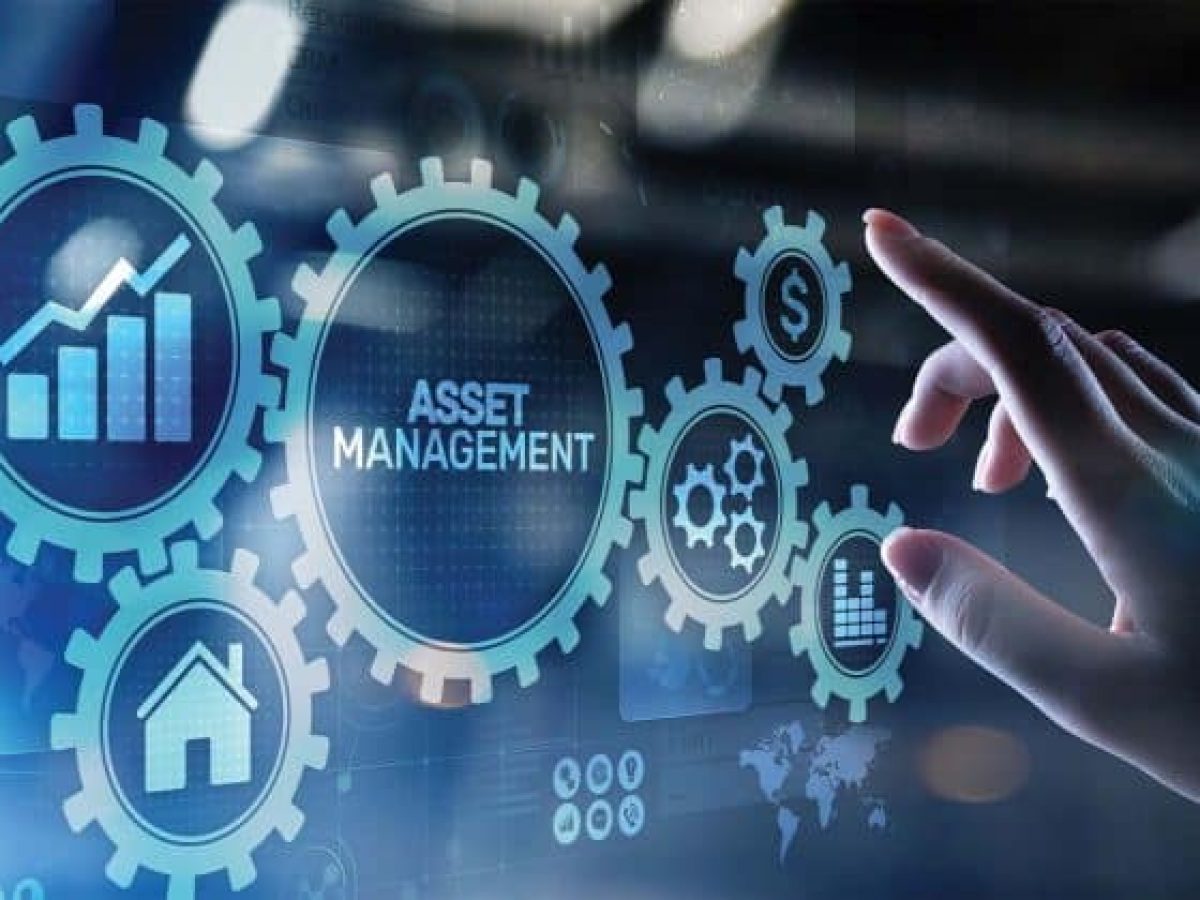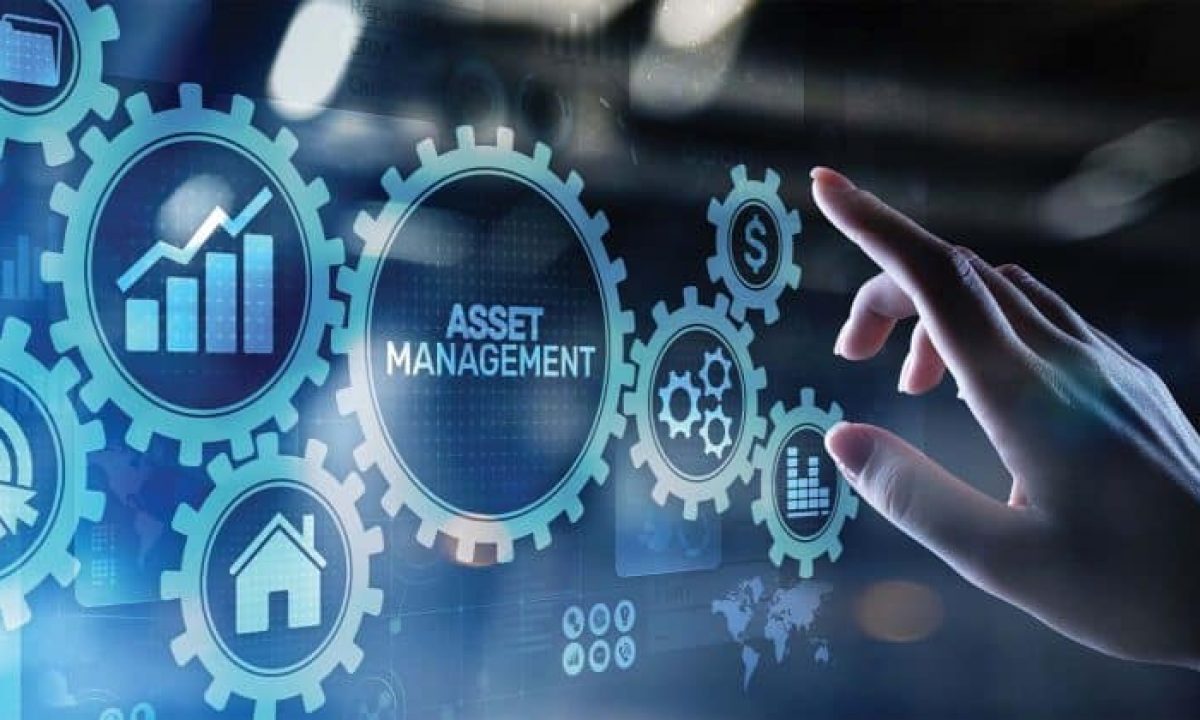
After receiving R$73 billion in foreign funds this year to March 16, more than any full year since official records began in 1994, the secondary market of B3 may see the flow slowdown in the coming months as the global landscape for stocks undergoes adjustments, asset managers told Valor.
To be sure, global investors continue to see support for commodity-linked stocks, which account for 40% of benchmark stock index Ibovespa, but a shift in focus to assets more reliant on the local economy seems increasingly less likely, as inflationary pressures intensify and the Federal Reserve has already started its monetary tightening cycle.
The Ibovespa is up 9.8% this year, while S&P 500 is down 6.3%, Nasdaq lost 11.6% and Stoxx 600 fell 6.8%. The positive performance, however, is strongly concentrated in the blue-chip companies, those with the greatest weight in the local index, and in the mining, steel, financial and oil and gas industries, the favorites of global investors because of their liquidity.
Before the beginning of the Russia-Ukraine war, in February, analysts saw a potential migration of international capital to assets more linked to the local economy, expecting a slowdown in inflation and a reversal of the Central Bank’s monetary policy after the presidential election, scheduled for October. This scenario seems distant now.
“Central banks in Latin America had been preparing for months for this monetary tightening cycle, trying to stay ahead of the curve, but the impact of the war is essentially inflationary, with high food and energy prices. It’s not catastrophic, but it makes the landscape more challenging and delays expectations of a turnaround,” said Alejo Czerwonko, chief investment officer for emerging markets and Americas at UBS, which has a neutral recommendation for Brazilian assets.
UBS BB, the arm of the Swiss bank in Brazil, believed that the Selic could reach 13.75%. But after the local policymakers’ decision on Wednesday to raise Brazil’s benchmark interest rate to 11.75% and signal another 100-basis points hike, UBS revised its projection for the final rate to 12.75%. The difference, however, is that the bank’s analysts now predict that the rate will remain at this level by March 2023.
As a result, the environment is less favorable for the recovery of assets linked to the domestic scenario, Mr. Czerwonko said. He cites the Federal Reserve’s monetary policy decision, unveiled on the same day, as a potential watershed for the stock markets.
“Fed’s statement was tough, indicating several hikes and showing concern with inflation, which is likely to mean less liquidity and funds for emerging markets. In addition, investors have left some sectors of the U.S. stock market, such as technology, to protect themselves from interest rate hikes, but now this seems to be more priced in, so we may start to see the move lose steam.”
Along these lines, Marko Kolanovic and Bram Kaplan, with J.P. Morgan, wrote in a report that they no longer believe that U.S. growth assets have much correction ahead. “Markets can anticipate turning points, so we believe it is time to start adding risk in many fields that have experienced too strong a correction,” they argued.
Mr. Czerwonko, with UBS, also points out that Brazil’s historical problems, such as the lack of a growth rate more compatible with emerging economies, help explain why the local market took a back seat in recent years and its use only as a “tactical refuge” during commodity boom cycles.
“Besides markets such as China, India and Southeast Asia presenting consistently better activity figures, the elections, which were pushed to the back burner in recent months, are likely to gain prominence throughout 2022,” he said.
Mauro Oliveira, head of Latin America equities at Credit Suisse, said that the Brazilian central bank and the Fed released tough statements, which shows discomfort with inflation that may impact assets more dependent on local activity. However, the flow will continue, even at a slower pace, with the help of commodities, he said.
“Foreign investors are likely to tap the local market at a slower pace, with profit-taking moves in some days or even leaving some stocks. In some sectors, like construction, is very hard to invest now because of poor results and labor cost inflation. But the Brazilian stock exchange is a commodities exchange, there is no way to escape this, and this segment is likely to draw money throughout the year.”
Alexandre Reitz, head of equities at Julius Baer Family Office, follows the same path. He points out that, in communication with clients, local equities have started to carry more risk than they did at the beginning of the year due to the factors added in recent weeks.
“We could already see a recovery in domestic assets at the beginning of 2022, and this has been extended a bit further ahead. But the constructive view about commodities remains. The profitability level last year had been high and was telegraphing a correction, but the war has changed this landscape,” he said, pointing out that he has started to look for positions in more resilient domestic assets, such as the clothing sector.
Credit Suisse estimates that Brent oil, the benchmark for Petrobras, is likely to remain at the level of $100 by the end of 2022 due to persistent supply problems. Iron ore is likely to stay above $120 throughout the second half, even as discussions of control in steel production remain in China.
As for the Asian powerhouse, Messrs. Oliveira and Czerwonko saw favorably recent remarks of vice premier Liu He. He said the government will stimulate the country’s economy again and work to organize its stock market. Besides commodities, the analysts say the changes can impact Chinese assets, which trade at a discount level in some sectors compared with the Brazilian market.
As for the Brazilian real, which has appreciated firmly this year, the three financial firms see resilience at current levels, given local interest rates and high commodity prices. Mr. Oliveira, with Credit Suisse, points out that there may even be a correction in case of occasional risks, to between R$5.25 and R $5.30, but that foreigners would soon return to set up positions in the local currency.
Source: Valor International


